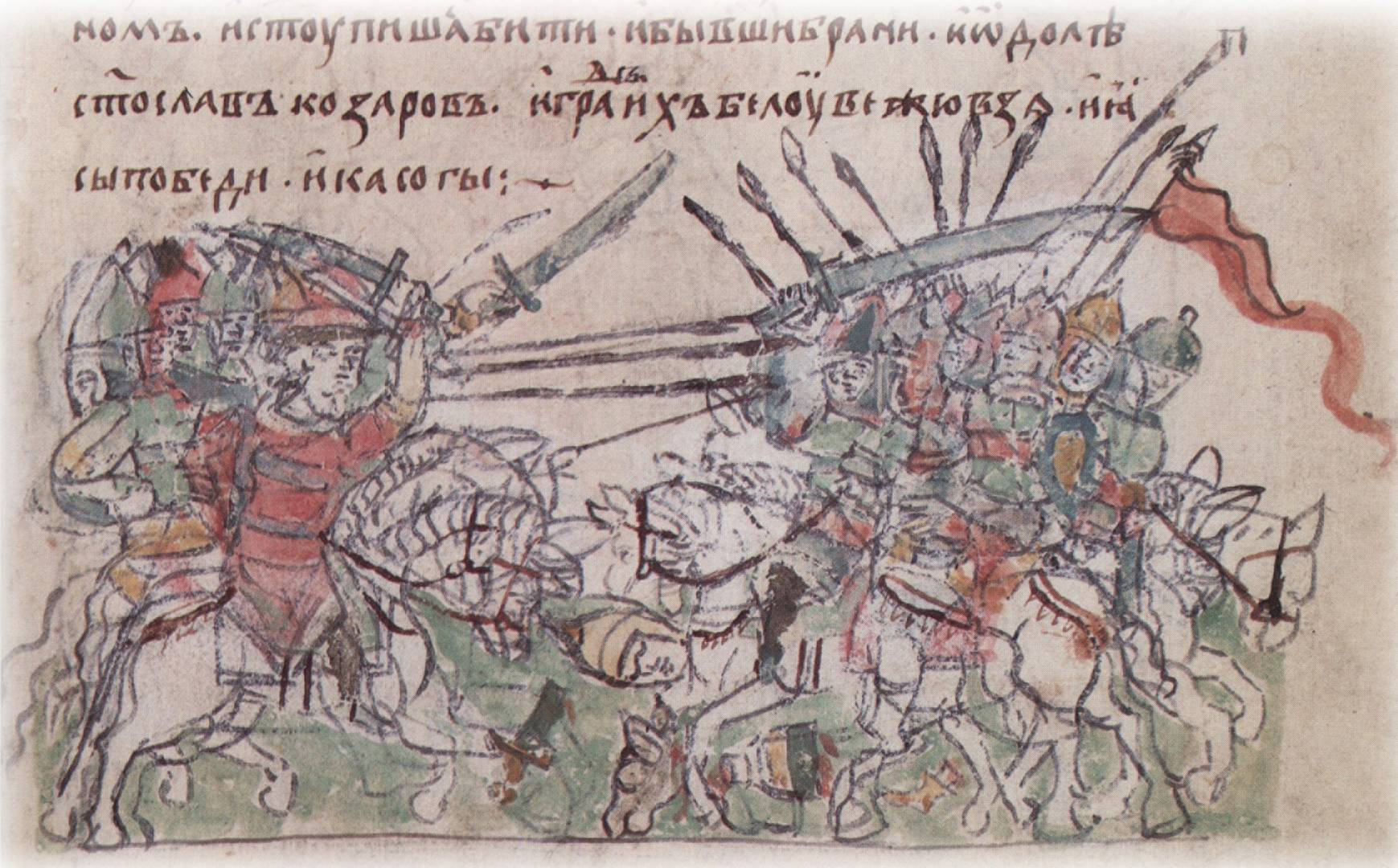
Excavations at the Maly Kostyube-1 settlement in the Volga region of the Astrakhan region led to the discovery of an ancient Khazar structure, unique in Eastern Europe, the press service of the Belgorod State National Research University (BelSU) reported on July 26.
The archaeological expedition was attended by employees of the Astrakhan company Archeocenter and representatives of the university, including students of history from the Pedagogical Institute of the National Research University BelSU.
During excavations, researchers discovered a 100 by 40 meter structure, composed of four galleries sunk into the ground, whose walls and floor were once lined with brick.
On one of the found bricks, an inscription was found – a bident drawn on wet clay, and on the walls of the galleries there are traces of the beam system. In addition, archaeologists have found remains of Byzantine concrete. This allowed them to suggest that the galleries were built by Byzantine architects.
Vladimir Sarapulkin, head of the Archaeological Headquarters, associate professor of the Department of Russian History and Documentation Science of the Pedagogical Institute of the National Research University BelSU, said that according to the data available today, the building was built no later than the 9th century AD.
“The absence of traces of domestic activity suggests that the structure is a cult or funerary complex associated with the Khazar Kaganate”“The archaeologists have discovered a lot of artifacts,” said the head of the Archaeological Headquarters. He noted that nothing similar had been found in Eastern Europe, but there is a possibility that archaeologists in Iran may discover similar finds.
Research has shown that on the territory of Maly Kostyube-1 in the period from the second half of the 10th to the 11th century AD there existed a small settlement whose inhabitants actively dismantled the brick walls of the structure found by archaeologists.
In this horizon of archaeological settlements, the findings of red clay and glazed ceramics, fragments of glass vessels and a large quantity of animal bones are characteristic.
Archaeologists believe that a full study of the discovered structure will require up to six years of scientific research.
Source: Rossa Primavera
I am Michael Melvin, an experienced news writer with a passion for uncovering stories and bringing them to the public. I have been working in the news industry for over five years now, and my work has been published on multiple websites. As an author at 24 News Reporters, I cover world section of current events stories that are both informative and captivating to read.
